Popular on Food52
Continue After Advertisement
24 Comments
JoAnne L.
January 7, 2018
I don’t like my pickled vegetables sweet, I’ll try this without the sugar.
Sharon
January 7, 2018
Good call. You're on the right track.I find that most pickling recipes call for unnecessary amounts of sugar. I don't like sweet pickles unless I'm MAKING sweet pickles. Pickling recipes are merely guides and starting points. Since acidity levels vary considerably between different brands and types of vinegar, this is especially true. Everyone really has to develop their own brine according to their tastes. It's really all about trial & error. All of my pickling efforts were a bland flop until I started flavoring them the way I wanted them to taste. I like much more salt, no more than maybe a pinch of sugar, and I season my pickling solution with my choice of herbs and spices. You might also prefer a different ratio of water to vinegar. Try adding crushed coriander or fennel seeds, dill, onion, etc. Smoked paprika, for example, was a revelation in my pickled okra! Keep tasting the brine as you go until you've achieved the flavor you're satisfied with it. That's what our grandmas did!
Margaret T.
January 5, 2018
1 T salt to 1 cup liquid equals 1/16 part to 1 part (2 T per oz, 8 oz per cup), which is not the same as the "parts" ratios given. According to the parts in the "not-recipe" , if the liquid total (4 parts) is 1 cup, at 1/12 part the salt should be 1 T plus 1 t.
Margaret T.
January 5, 2018
As an indication of how complicated this is made by not using actual quantities, I see that I still got it wrong. If the liquid total (4 parts) is 1 cup, then 1 part equals 1/4 cup, and 1/12 part of salt is just 1 teaspoon. Thus the "e.g., 1 T per cup of liquid" is three times as much salt as the parts ratios say. So it's entirely unclear what the real proportions are supposed to be.
lumpynose
June 8, 2018
Smart cooks use weight when doing ratios (see Michael Ruhlman's book). If you look up the weight of salt and the weight of a cup of water a tablespoon of salt is about 1/12 of a cup water.
diana
February 1, 2015
Read his intro to the recipe. He suggests "lightly toasted coriander seed and orange zest" for the carrots and others for different veggies.
Michael A.
February 1, 2015
Thanks for answering Diana. You are right...coriander seeds and orange zeste are used here to make a super aromatic foundation for the carrots.
Sharon
December 22, 2014
Some people have asked some very good questions here. Might be nice if Michael would answer them. Ya' think?
Lisaly
August 2, 2014
This looks fun! I would also like to what the spice that shows up in the photos is. It is not listed with the ingredients. Also, can less sugar be used? I think I will try decreasing it by a third.
EmilyC
August 1, 2014
Your post reminded me to check out the pickle recipes in the Gramercy Tavern cookbook. I made the pickled Bing cherries last weekend: they're incredible! The gently spiced, sweet brine is perfect for the cherries. I bought fairy tale eggplants yesterday and will try them next! Thanks so much.
Michael A.
February 1, 2015
Cool. Since a long time has passed since you posted could you let us know how they turned out?
Mary N.
July 28, 2014
Other than the salt and sugar, the picture shows other spices. What are they? What is the lower sugar alternative? And, a quart of carrots is how many pounds?
Jennifer W.
July 27, 2014
I have only ever eaten pickles. How does pickling affect the flavor of other foods, such as carrots? You mention they stay crunchy, but do the taste the same, enhance the flavor or completely alter it? thanks
Lina C.
July 21, 2014
How much of the ingredient to be pickled should be used?
Kristen M.
July 21, 2014
Lina, this method is flexible, but above Michael mentions the amounts for 1 quart of Thumbelina carrots as a benchmark.
Norbert B.
July 21, 2014
The ingredient list lists a pinch of salt but the recipe instructions say to use 1/3 a cup. When should we use a pinch versus using a larger measured amount? Obviously the more liquid the more salt that will be needed but what is the actual ratio of salt to liquid?
Kristen M.
July 21, 2014
Thanks for asking -- I added some clarification from Michael and team. You're looking for 1 tablespoon of kosher salt to every cup of liquid (vinegar and water combined).
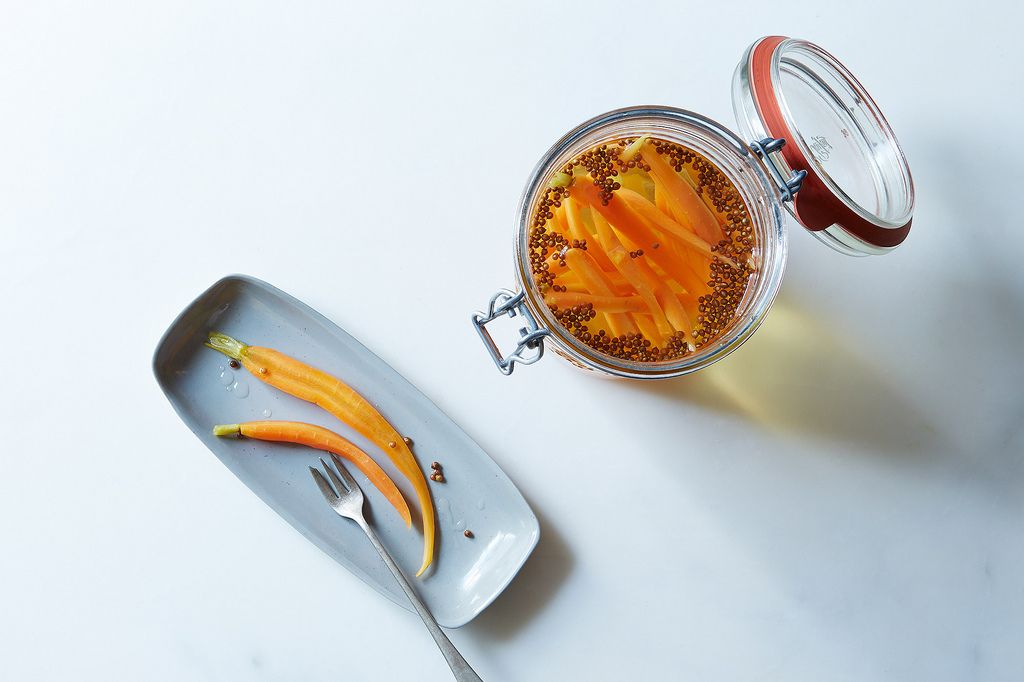
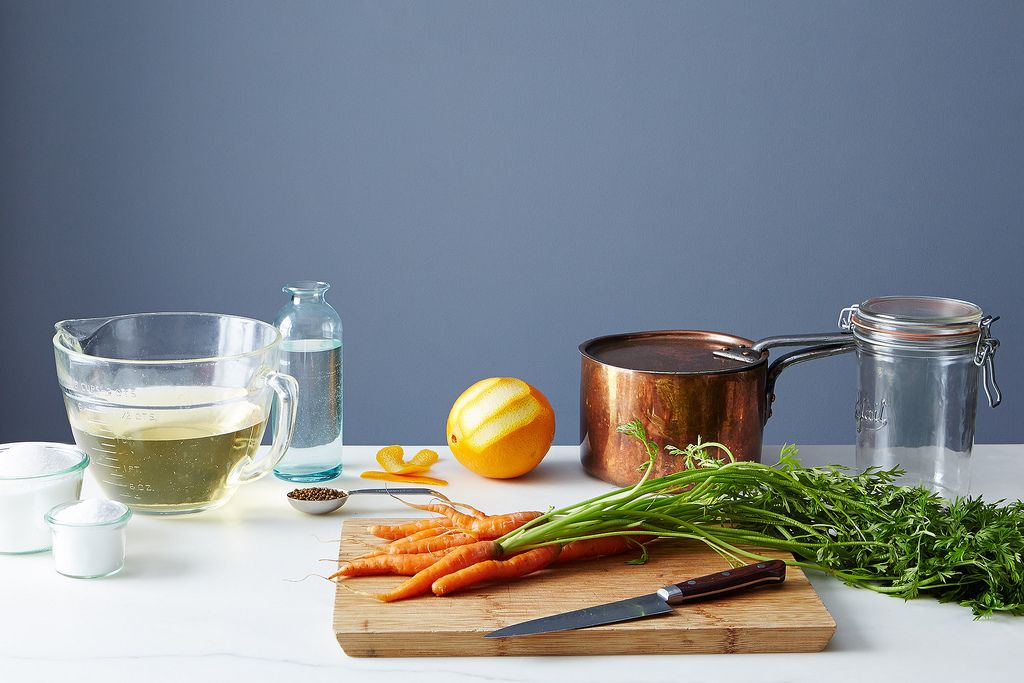
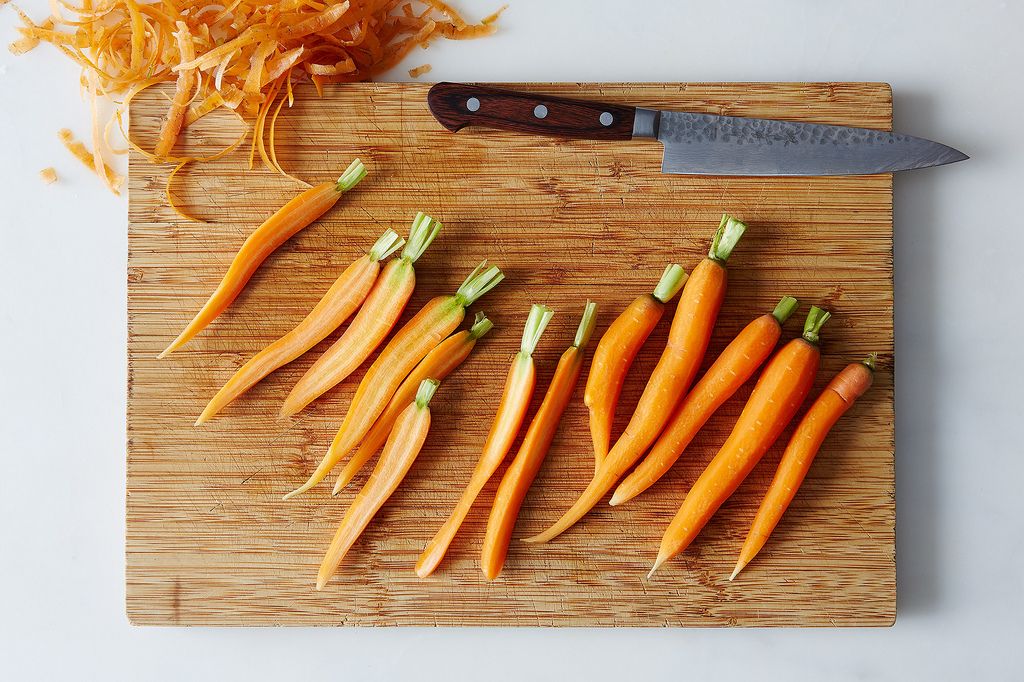
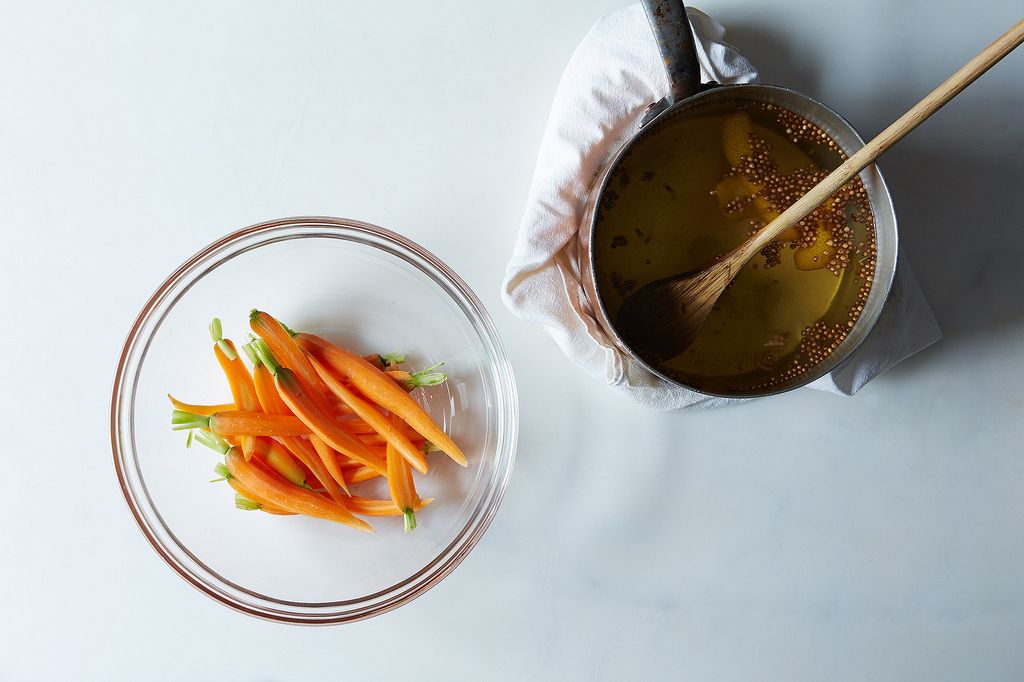
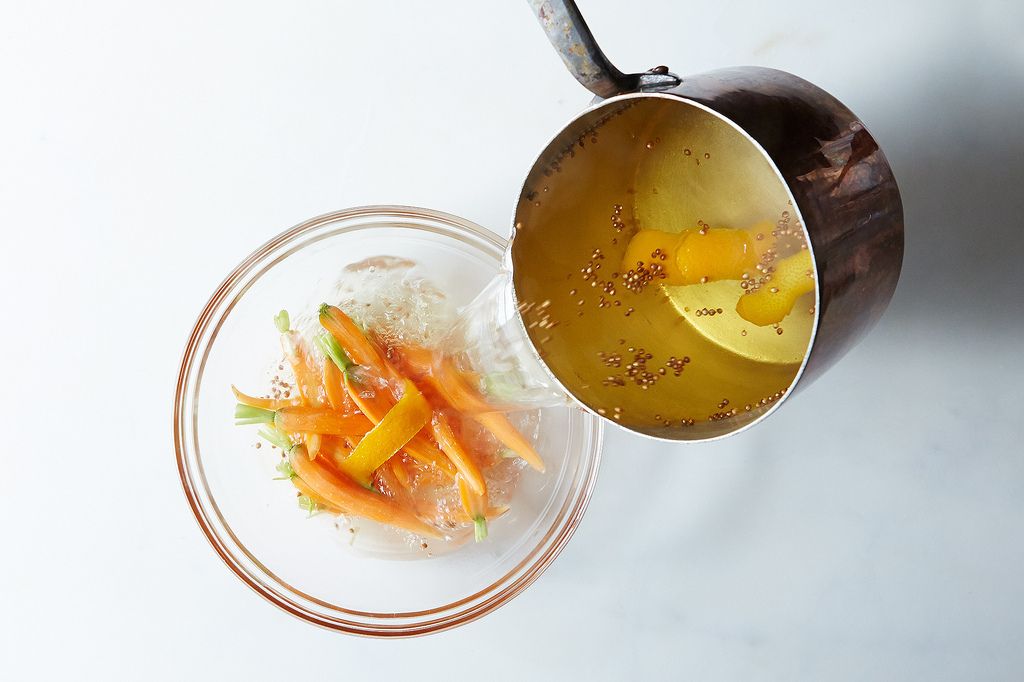
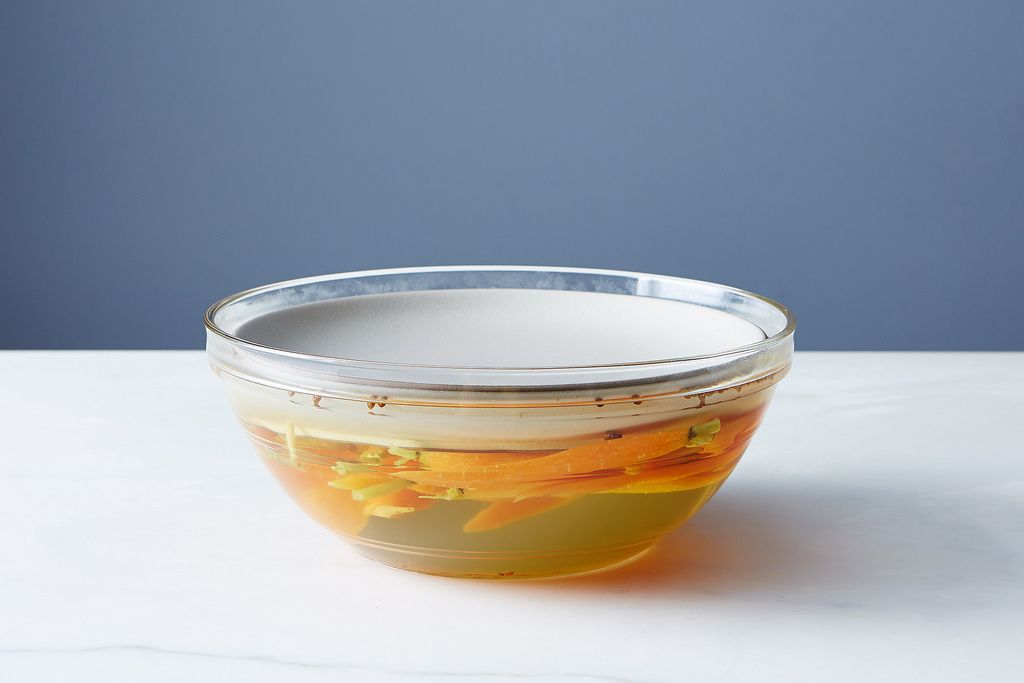
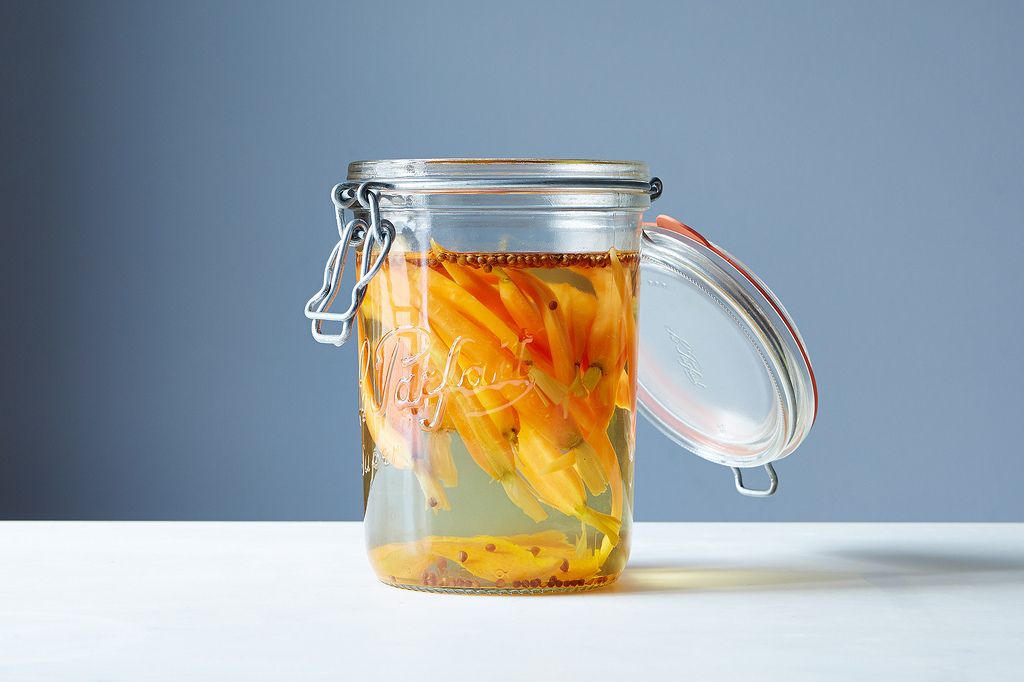

See what other Food52 readers are saying.